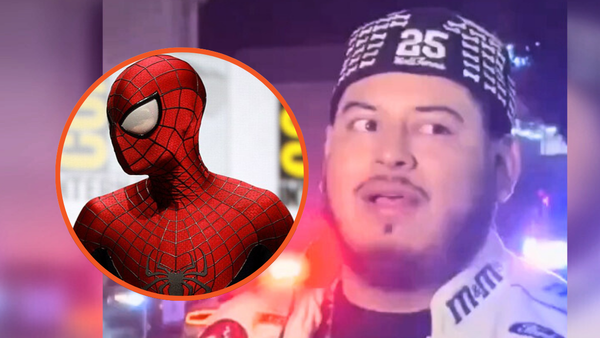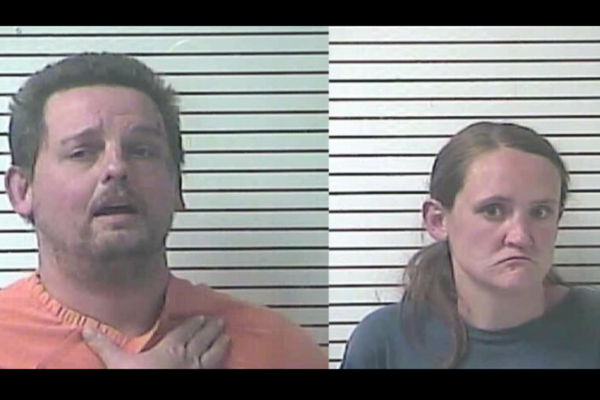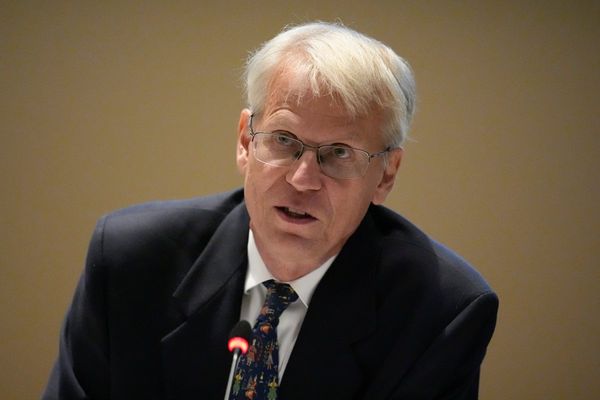
As an art dealer in London and Miami, Inigo Philbrick had the Midas touch and lived the high life, with private jets, $5,000 bottles of wine and $7,000 suits. But in 2019 he was exposed as a serial swindler who had created one of the largest art frauds in history, a Ponzi-style web of lies that conned collectors and investors.
In 2022, aged 34, he was sentenced to seven years in a US prison, with two years of supervised release and an order “to pay forfeiture of $86,672,790”.
Released from prison partway through his sentence last year, he claims not to know where the $86m is and expresses regret rather than remorse in a forthcoming BBC documentary.
Asked whether he has the money, he replies with a grin: “No.”
He says: “I’m obviously in no position to do anything other than say how sorry I am. But there is a small part of me that thinks: what about all the good deals?”
He was interviewed for more than 14 hours for a two-part, two-hour BBC documentary, The Great Art Fraud, to be released next week.
The production also features Victoria Baker-Harber, a Made in Chelsea socialite with whom he fled Britain, hiding out on the Pacific island of Vanuatu, where he was eventually arrested by the FBI. She too downplays any wrongdoing: “You could say he’s a criminal, but who hasn’t done something illegal?”
There is no suggestion that Baker-Harber was involved in Philbrick’s criminal activities and she did not face any legal action.
Philbrick grew up in Connecticut, the son of a former museum director and a Harvard-educated writer and artist. Collectors and colleagues recall a “disarmingly charming” American, who established himself after rising quickly from an internship with the White Cube gallery in London.
But he went on to run a business that engaged in fraudulent practices, selling more than 100% of an artwork to different investors without telling them and falsifying documents to inflate values.
Judd Grossman, a New York lawyer representing several of Philbrick’s victims, including the collector Aleksandar Pesko, recalls that Jean-Michel Basquiat’s 1982 painting Humidity was among multimillion-dollar works involved in the fraud: “Philbrick told Mr Pesko that he could acquire the [Basquiat] for $18.4m … Philbrick wasn’t buying it for $18.4m. He was actually getting it in a private sale … for $12.5m. To sell that lie, Philbrick forged documents to create the appearance of legitimacy.
“He made up a contract. He even put into that contract the bank account information of a well-known New York law firm … They’ll tell you they had nothing to do with that deal.”
Philbrick’s world came crashing down after he lied to German investors about Rudolf Stingel’s 2012 photorealist-style portrait of Pablo Picasso, telling them that the auction house Christie’s was offering a $9m guarantee on its sale.
There was no guarantee and the hammer fell at $5.5m. Philbrick said: “I, from that very moment, was dead.”
The Germans chased him for the missing millions. When they requested a copy of the guarantee, he had one faked. But they contacted Christie’s, who confirmed it was fraudulent.
In the documentary, a tale of greed and of arrogance, Philbrick recalls the lure of money that was “literally shooting out of the ground around me”.
Baker-Harber says: “I never really thought to myself, where is all of this money coming from? In a way, because it wasn’t really out of the norm for me, because I’ve had wealthy boyfriends before in the past … shopping, boats, planes.”
She describes a debauched life: “We did a lot of parties, after-parties, after-after-after parties. Were there drugs? Yeah. Was it excessive? Yeah.”
Philbrick says: “Have I drunk to excess? Yes, absolutely … there were moments of weakness, where I did phenomenally stupid things, decisions that I can’t explain.”
The film-makers trace his flight from justice, using footage that Baker-Harber shot on her phone when they were on the run. She also takes them to an “odds-and-ends” shop on Vanuatu, where he was arrested in 2020: “His face just went white. They said: ‘Are you Inigo Philbrick?’ And he said: ‘Yes.’ And then suddenly more men came in with bulletproof vests on.”
Both he and Baker-Harber, who have since married, blame his lawyer, Jeffrey Lichtman, for not securing a shorter sentence. Philbrick says: “I had walked into that room thinking that I was probably six months, nine months, 10 months to the door.”
Baker-Harber says: “I got shafted, I feel. Inigo got shafted.”
However, Lichtman says the few years he spent in prison for such a crime was in fact “a pretty tremendous result”, considering the strong case against him.
When asked what the future holds for him, Philbrick says: “The ambition is to get back to doing what I was doing. I was a great art dealer.”
The Great Art Fraud is on BBC Two on 27 and 28 August and on iPlayer.







